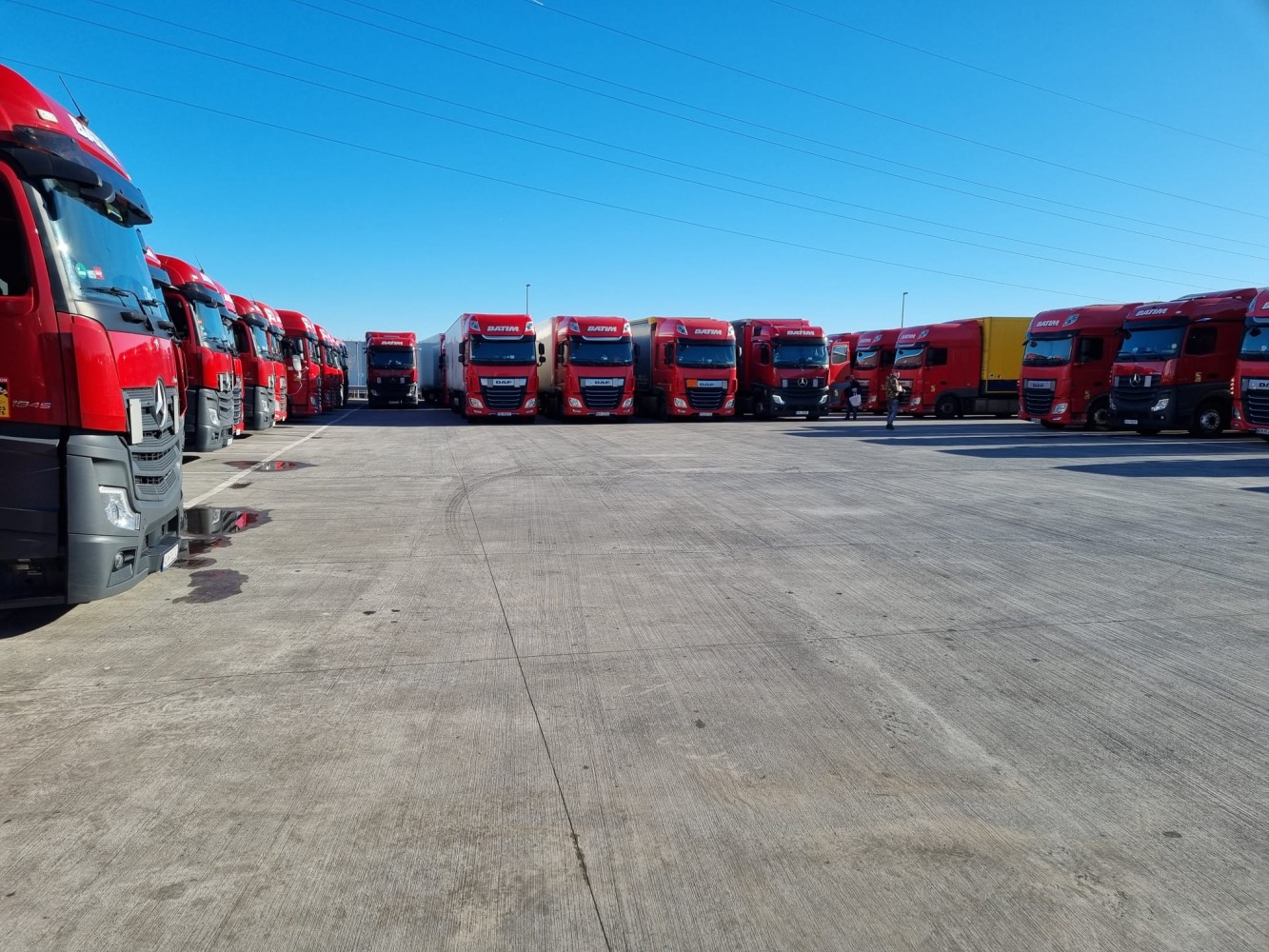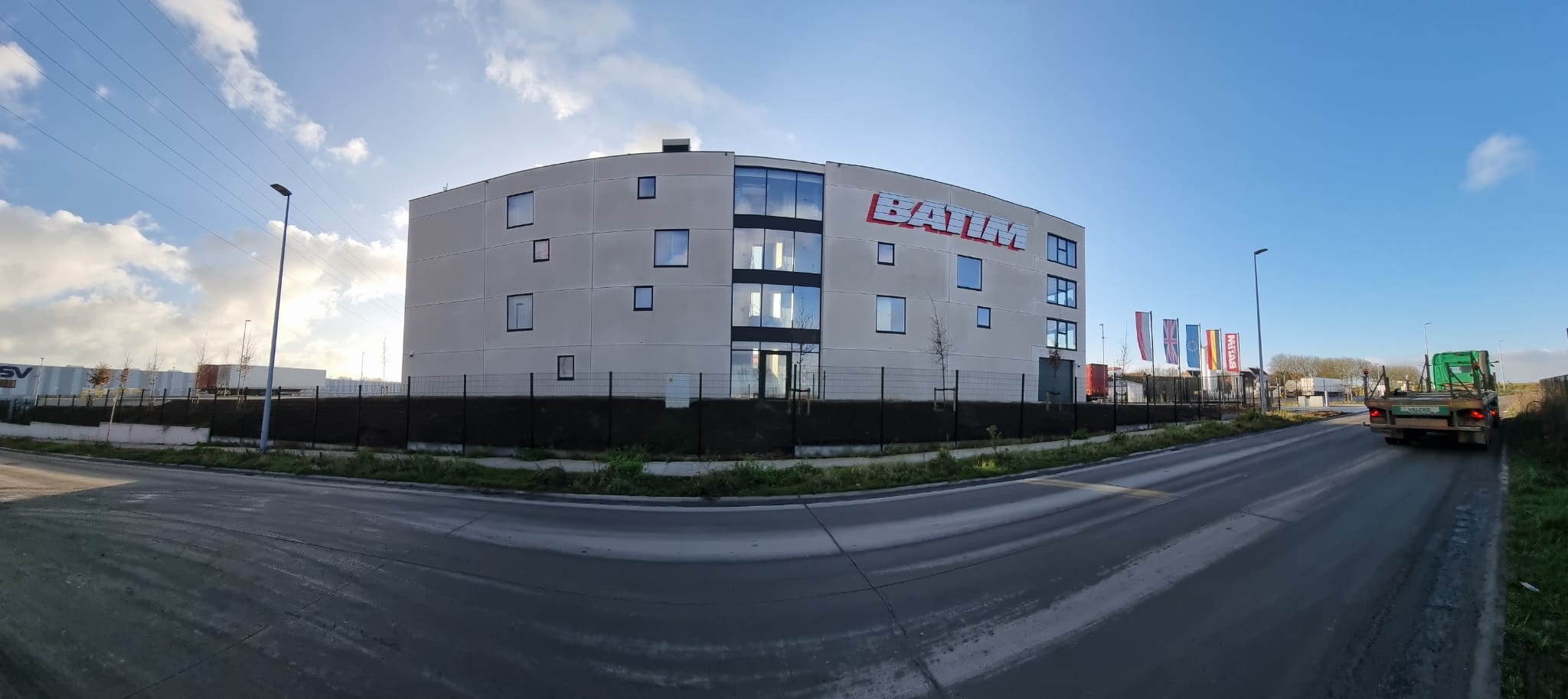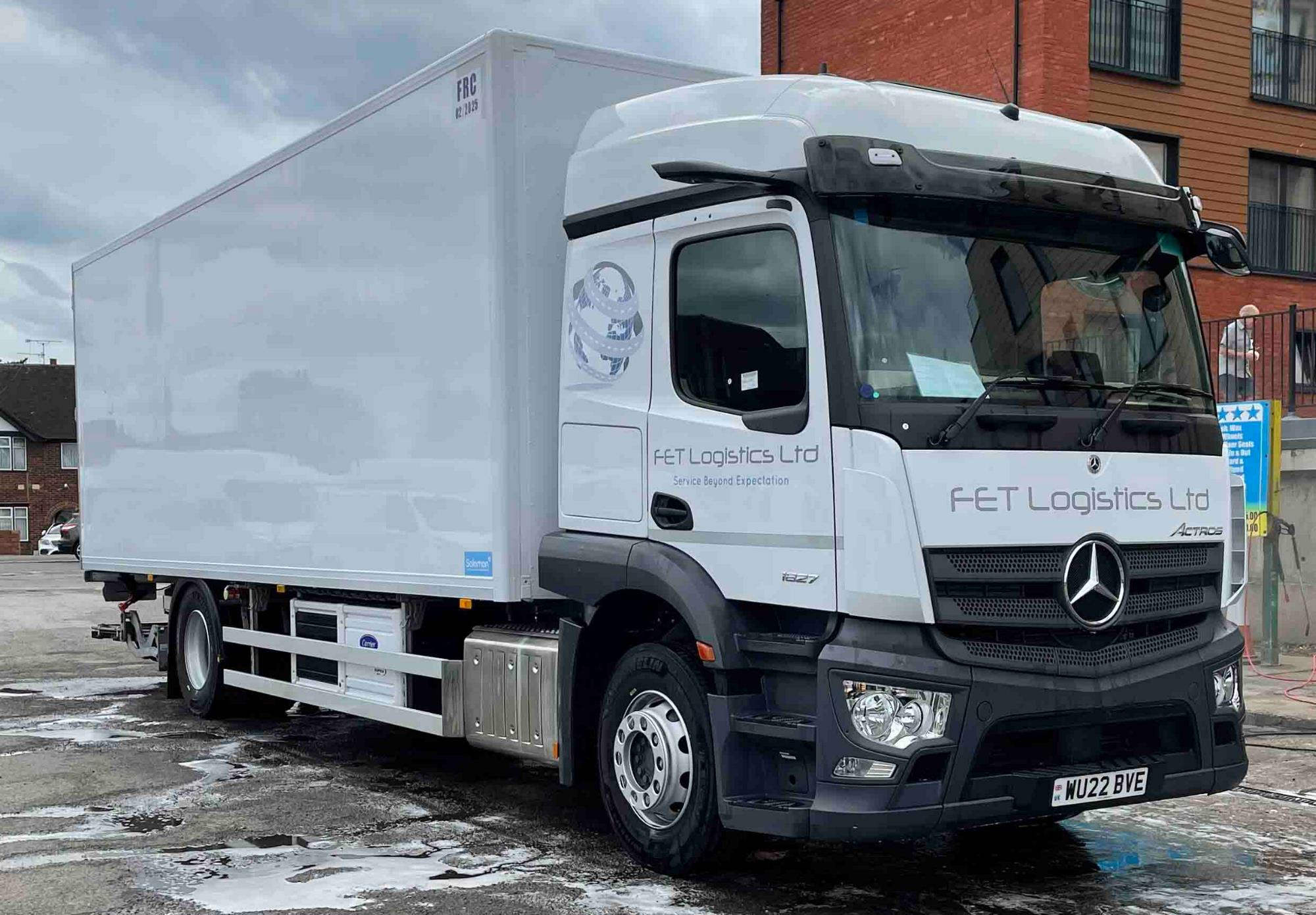
Susie Jones
A Batim International Transport & Spedition SNAP útja
Létrehozva: 19. 02. 2025
•
Frissítve: 19. 02. 2025
Az 1995-ben alapított Batim International Transport szállítási és szállítmányozási szolgáltatásokat nyújt Európa-szerte. A vállalat büszke a kiváló minőségre és a SCANIA és Mercedes járművekből álló, korszerű flottára.
A vállalat székhelye a lengyelországi Stary Sączban található, a növekedés nem idegen tőle. A Batim a kezdetek kezdetén két vontatóval indult, mára pedig több mint 500-zal rendelkezik.
Ez alatt a rövid idő alatt a vállalat számos elismerést és tanúsítványt szerzett - többek között 2014-ben az Év Legjobb Munkáltatója címet, 2015-ben pedig a Forbes magazin elismerését. A cég flottájának bővítésével és szolgáltatásainak fejlesztésével a vállalat folyamatosan a növekedésre törekszik.
A Batim International már a kezdeti időkben csatlakozott a SNAP-hoz, és továbbra is a SNAP-fiókját használja arra, hogy nagy flottája számára parkolóhelyeket foglaljon Európa-szerte. Beszéltünk Krzysztof operációs igazgatóval, aki a vállalat SNAP-pal kapcsolatos tapasztalatairól mesél.
SNAP-előnyök a flották számára
A SNAP több mint 450 szolgáltató partnert biztosít a flottáknak Európa-szerte, ahol használhatják flottafizetési megoldásunkat. "A készpénzmentes tranzakciók miatt csatlakoztunk a SNAP-hoz" - magyarázza Krzysztof.
Sok flotta számára előnyös, mivel a SNAP fizetési megoldást kínál a teherautó-szolgáltatások készpénz vagy kártya nélküli kifizetésére. Ez a fizetési megoldás olyan tételekre használható, mint a teherautó mosás, a Dartford Crossing és a teherautó parkolás. Krzysztof szerint ez utóbbi különösen előnyös.
"A SNAP előnyére vált, hogy lehetőséget adott a parkolóhely foglalására, így nem kell aggódnom a sofőr helyéért".

Krzysztof számára az is előnyös volt, hogy a SNAP-on keresztül kereshetett kamionstop szervizpartnert. Elmondja, hogy "az egyik leghasznosabb funkció számára az a lehetőség, hogy ellenőrizni és megtalálni a különböző országokban található számos kamionmegállóra vonatkozó részletes információkat, hogy biztos lehessen abban, hogy minden szükséges információ rendelkezésre áll a járművezetők számára az adott rakomány és a létesítmények tekintetében".
Emellett a SNAP hatalmas előnyökkel jár a Batim járművezetői számára. Krzysztof sofőrflottája nyugodt lehet, tudván, hogy teherautóparkolók és depó parkolók széles hálózata közül választhatnak. Krzysztof szerint a SNAP "teherautóparkolók nagy hálózata" felbecsülhetetlen értékű.
A kontinens számos vállalkozása növelte bevételeit a Depot Parkolási Rendszerünkkel. A rendszer lehetővé teszi a flották számára, hogy felajánlják a hálózatnak a raktárparkolóhelyeiket, és így extra pénzt keressenek - segítve a járművezetőket abban, hogy elkerüljék a veszélyeztetett parkolóhelyeket és ipari parkolókat. A Batim International azzal, hogy belgiumi telephelyével csatlakozott ehhez a rendszerhez, segít enyhíteni az európai parkolóhiányt. A telephely 20 parkolóhelyet biztosít más járművezetők számára, amikor teherautóik úton vannak.
A SNAP szolgáltató partner hatása a járművezetők jólétére
A sofőrök jóléte a kamionos közösségen belüli viták forró témája. Mivel ez egy igényes szakma, könnyen belátható, hogy a hosszú munkaidő, a társadalmi elszigeteltség és a mozgásszegény életmód milyen hatással lehet a mentális egészségre.
A flották felelőssége, hogy gondoskodjanak járművezetőik jólétéről. A teherautó-megállók is jelentős hatással lehetnek azonban. Az alapvető létesítményekkel rendelkező raktárparkolók és kamionmegállók jelentősen javíthatják a járművezetők jólétét. Ez Krzysztof és csapata szerint létfontosságú a több mint 800 sofőrből álló flottájuk számára.
Arra a kérdésre, hogy mit tehetnek a teherautó-állomások a sofőrök jólétéért, Krzysztof azt válaszolja: "A sofőröknek elsősorban tiszta zuhanyzóra és WC-re van szükségük". Sokak számára látszólag egyszerű megoldásnak tűnik, azonban jelentős hatással lehet a sofőrök élményére.

Ügyfélszolgálat a SNAP-pal
A SNAP-nál büszkék vagyunk arra, hogy a flották és a járművezetők számára a hatékony és eredményes működéshez szükséges támogatást nyújtjuk. Tapasztalt ügyfélszolgálati és számlavezető csapatunk segít a flottáknak és a járművezetőknek bármilyen kérdésben. Valami, amit Krzysztof és a csapat hasznosnak talált.
"Felvettük a kapcsolatot a SNAP ügyfélszolgálatával - mind e-mailben, mind telefonon. Mindig egyéni hozzáállással találkoztunk egy-egy esetet illetően, megértéssel és jóindulattal a SNAP munkatársai részéről, hogy a lehető legtöbbet segítsenek" - magyarázza Krzysztof.
Jelentse fel flottáját a SNAP-ra még ma
Flottafizetési megoldásunkat minden 13. másodpercben használják a kontinensen teherautó-szolgáltatások kifizetésére. Látogasson el a snapacc.com oldalra, és csatlakozzon a több mint 7000 flottához, amelyek a SNAP Accountot használják a flottafizetés mindenre kiterjedő megoldásaként.



